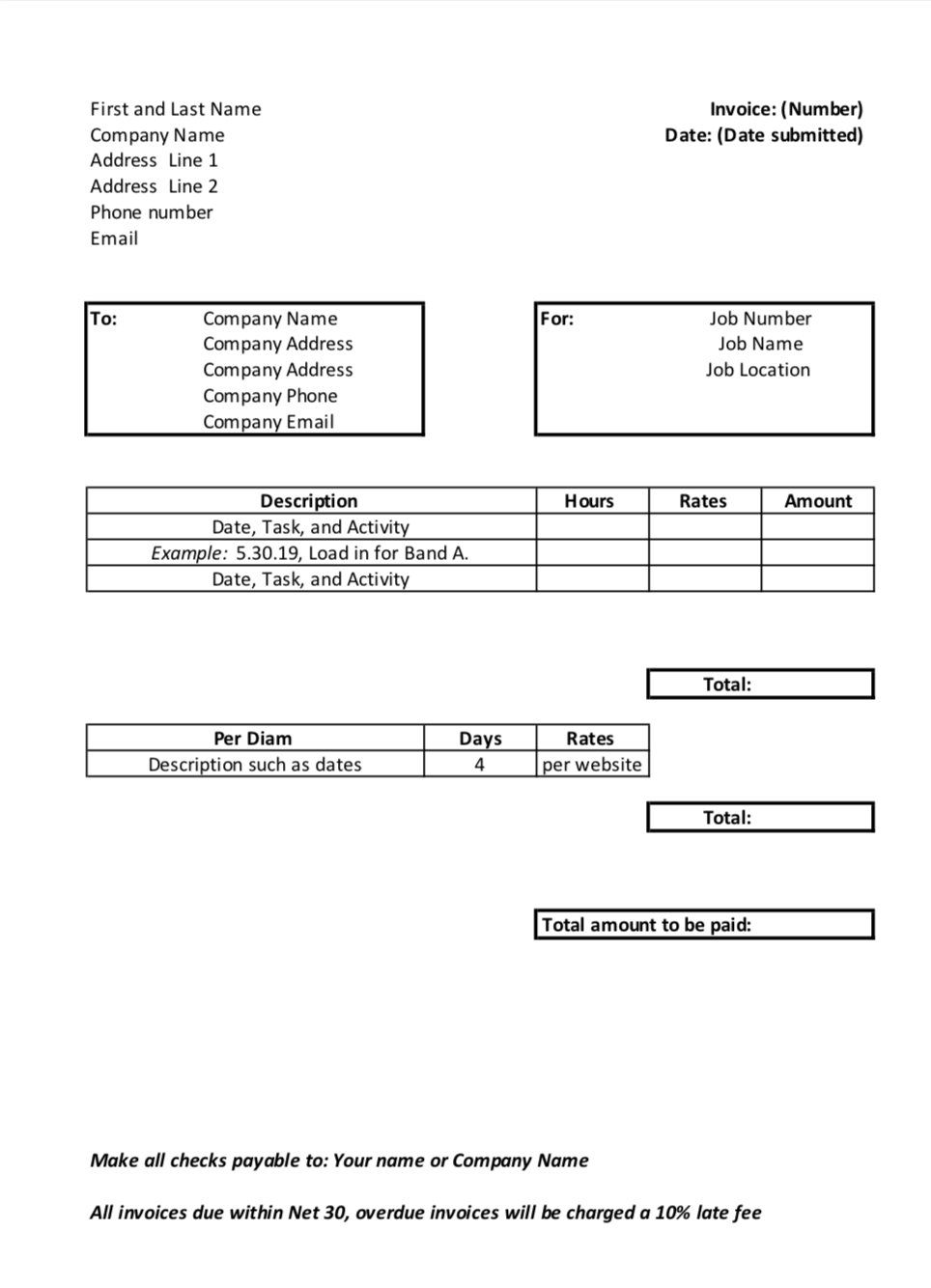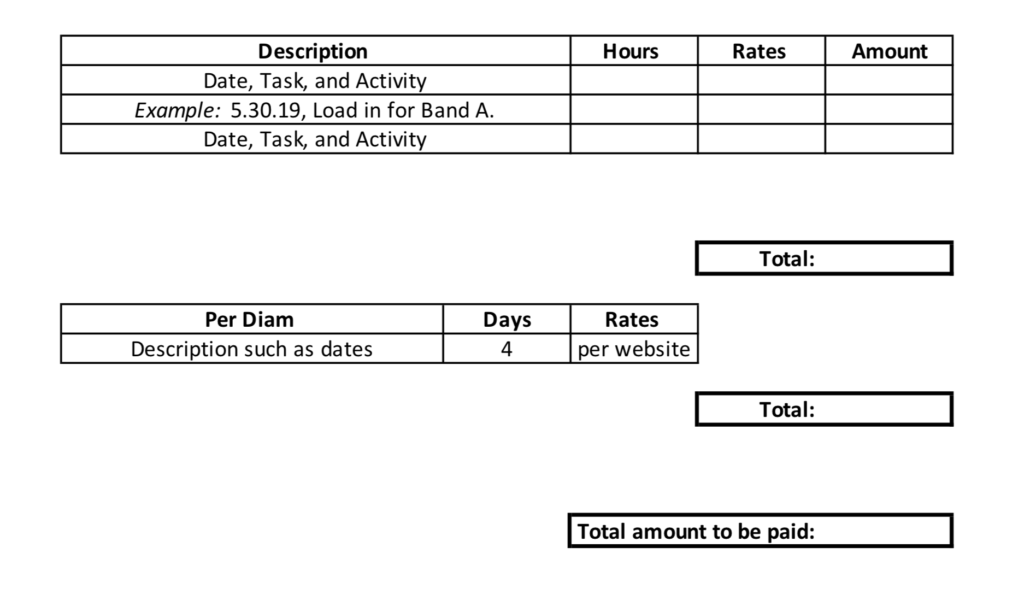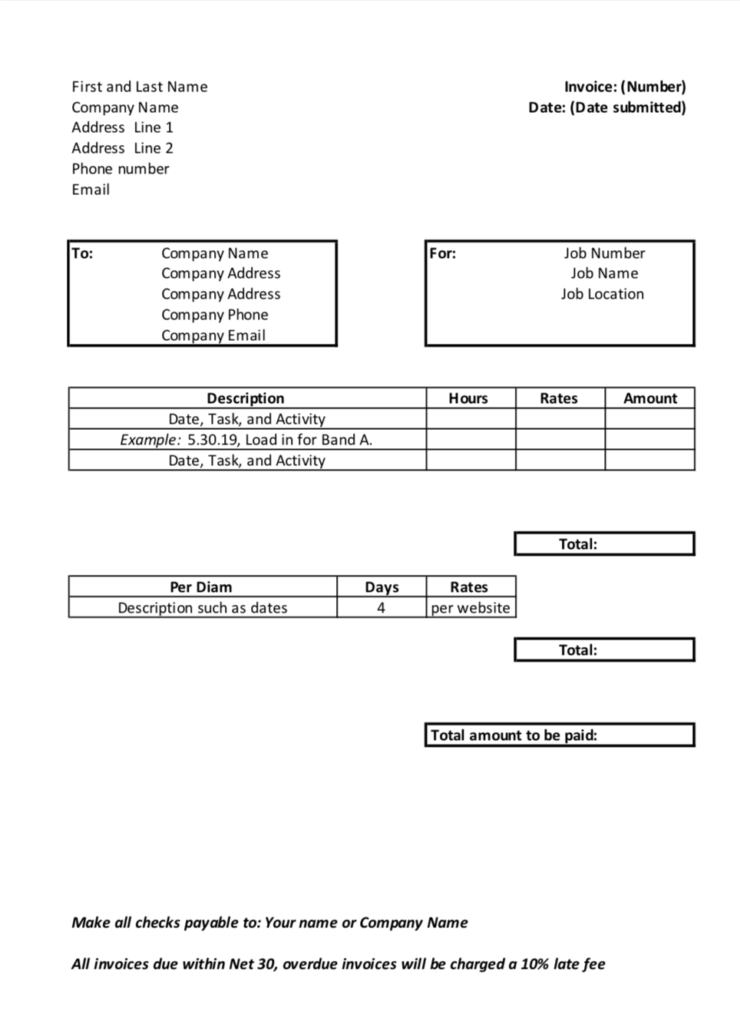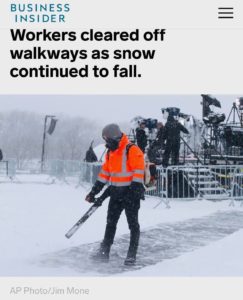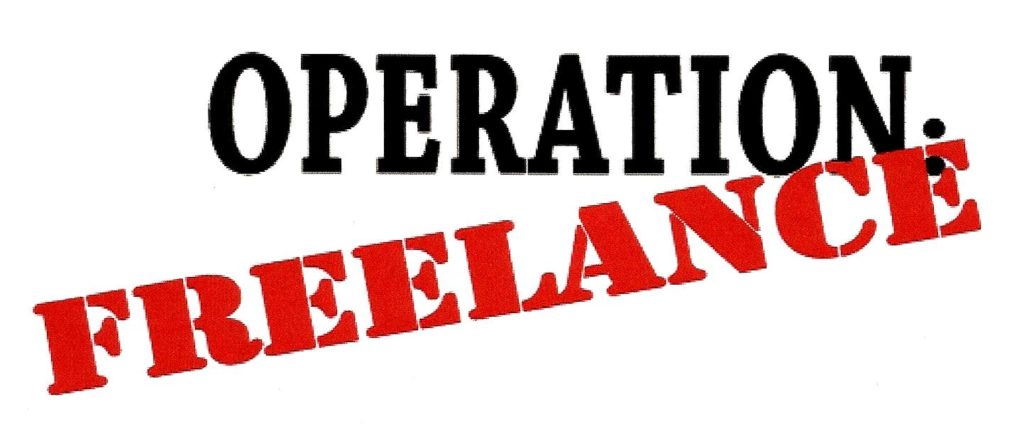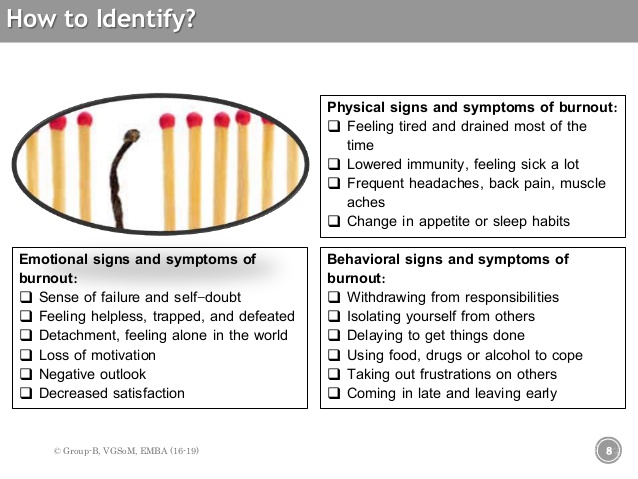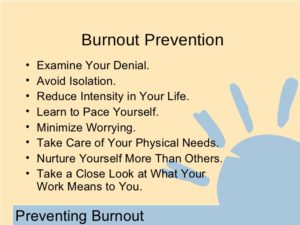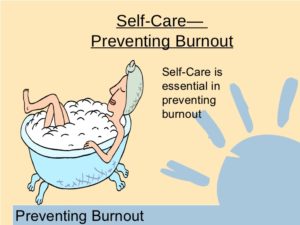 As many of you know, I live in Minnesota. Right now, this year at least, we have what seems to be a blizzard every other day. Over 30 inches of snow in February alone and as I write this blog everything is shut down due to 50 mph winds causing the roads to be covered with huge snow drifts. Yes, this is the time of the year I regularly ask myself why I live here and desperately hope for sun and temperatures 30 degrees warmer. However, as Minnesotans, we also embrace our winter wonderland with events like the winter carnival, or the national pond hockey tournament. This year, I found myself out in the cold and snow setting up for something completely different.
As many of you know, I live in Minnesota. Right now, this year at least, we have what seems to be a blizzard every other day. Over 30 inches of snow in February alone and as I write this blog everything is shut down due to 50 mph winds causing the roads to be covered with huge snow drifts. Yes, this is the time of the year I regularly ask myself why I live here and desperately hope for sun and temperatures 30 degrees warmer. However, as Minnesotans, we also embrace our winter wonderland with events like the winter carnival, or the national pond hockey tournament. This year, I found myself out in the cold and snow setting up for something completely different.
I got to experience an event of a lifetime. Not an event due to its pomp and circumstance or the people on stage, but an event that challenged everyone in many and new ways. One of those ‘We did that’ moments and to top it off this event had all leadership positions steered by women, and it was all for a woman! This post isn’t about the content of the event, or who it was even for. It’s a story of the accomplishment of women leading the way and overcoming the snow and cold obstacles of a Minnesota winter.
I was the production manager for this event, and it happened to make it into the national spotlight. Of course, the spotlight was what happened on stage, but it’s still pretty awesome to do an event that keeps living on after the moment. I also get to look back on it and say – wow, we did that! While also saying wow, why did we do that?
Day one was the location mapping. It was cold, windy, and cloudy, but the overnight snow had stopped, and it was just a matter of commuting through the fresh 6 inches to get to the site to clear the spaces for the staging and tents. This was a short quick meeting, where we marked out the primary locations and then directed the plow drivers where to clear the snow. The entire setup was based on the backdrop the location provided — a stunning image of the landscape and the city skyline.
Day two offered a whole different outlook. The sun was out! But anyone who lives in the Midwest knows this means even though it looks nice outside, it’s really, really cold. This day just happened to be -9 degrees with a wind chill making it feel like -34. We layered on the clothes, drove our cars as close to the setup as possible and got to work. This day our goals were to get all the stages up, a couple of truss structures completed, and some heating units ready for the event. Well with the weather and cold temperatures we only completed 2/3rds of what we desired, but it was time to call it a day to make sure everyone stayed safe. No frostbite on my watch!
Day three was the best day we had out of the four when it came to the weather. Although still chilly, it had warmed up a few degrees, and the wind had died down. We caught up with our schedule for the most part. The power was run, the PA was in place, lights ready to go, and the tents finally had heat! Although we would still have a lot to do the next morning, this day felt really accomplished. No matter what this event was going to happen!
Day four, event day, brought a bit of a surprise — 6 to 8 more inches of snow. From the moment we stepped into the park it was snowing and did not stop until we closed the last truck at the end of the night and let me tell you, road cases don’t roll anywhere in the snow!
The morning started with a bit of a rush as people were showing up extremely early! We were in a park so there was no way to keep the crowd away and we just watched and laughed as people cross country skied through the event area. At least some people were enjoying the fresh snow! With the early crowd came the urgency to get everything remaining done that much faster. We had over 500 feet of matting to lay, stage decks to make sure weren’t slippery, a PA to finalize, and lighting to focus. So, we got to it, but as the hours passed, we started to notice our stunning backdrop was fading behind low clouds and snow.
We achieved the goals for the day, but not without having to adjust or tactics to keep everything working. The L2 became a local celebrity with his acquired leaf blower to keep the snow off the stage. The A2 sound checked face first into the stage to help us ensure limited damage to the podium, and the stage tech became the person laying sand down everywhere to minimize the slippery conditions, all while the A1 was doing everything in their power to make sure the PA kept running.
Things were so busy at the time; I didn’t even consider the level of the feat we had accomplished. As I look back on the event I couldn’t have asked for a better team. Everyone just jumped in when they saw something that needed to be done. The duties became something miles away from technology, but that didn’t matter as we all worked together to ensure the best event we could for our client. It was amazing!
It was time for the big moment, the reason we had all been out there working for four days in the snow, wind, and cold. And even though the event didn’t go off without it hitches. Only one person (me) slipped in the national spotlight; luckily only the front row watched me slide down the stairs!

In the end, the event took place, with the location and weather turning into a major contribution to the event. The speech was delivered and broadcasted to the world with over 3,000 people in the park with us all while it snowed the heaviest it had all day.
Our mission was complete, the crowd began to disperse, we began attempting to wrap the frozen cables, and to get the snow out of the lights and PA. Everyone was happy with the results and we were all ready to go home to get warm. It was around 8 p.m. when we closed the last truck and bid farewell to our snowy patch of land. The snow had stopped falling and our stunning backdrop was finally visible! The event was a success, the weather didn’t defeat us, however, I hope my next outdoor event happens in the Bahamas!
It was really amazing to accomplish this event. Something I had never done before and all with some wonderful women leading the way!


